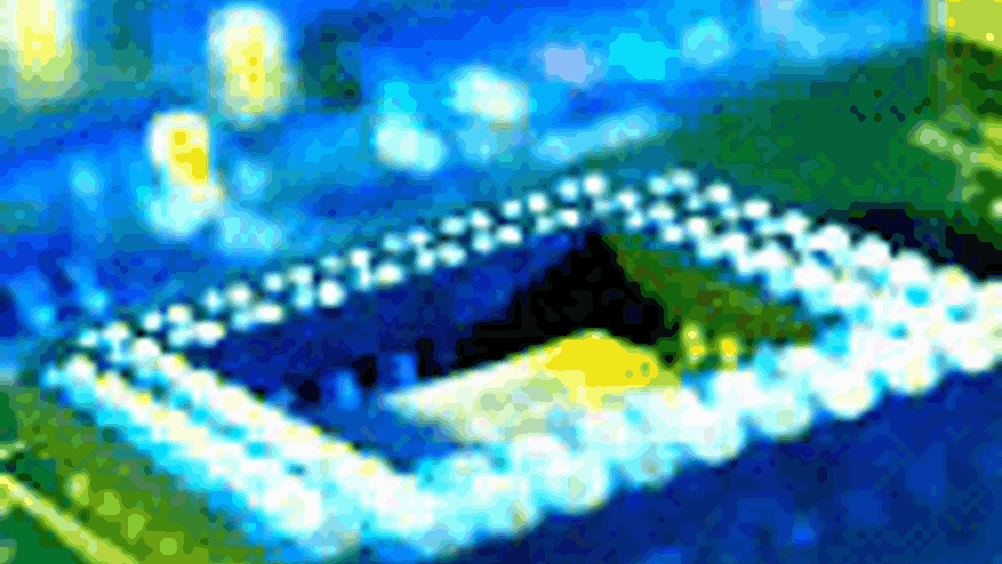Breaking bonds
Researchers have used laser light to break specific molecular bonds, a development that could reduce the cost and improve the quality of a wide variety of semiconductor devices.

A team of researchers has achieved a long-sought scientific goal: using laser light to break specific molecular bonds. The process uses laser light, instead of heat, to strip hydrogen atoms from silicon surfaces. This is a key step in the manufacture of computer chips and solar cells, so the achievement could reduce the cost and improve the quality of a wide variety of semiconductor devices.
The technique was developed by Philip I. Cohen at the
"We live in the silicon age," said Tolk, who is a physics professor at Vanderbilt. "The fact that we have figured out how to remove hydrogen with a laser raises the possibility that we will be able to grow silicon devices at very low temperatures, close to room temperature."
Register now to continue reading
Thanks for visiting The Engineer. You’ve now reached your monthly limit of news stories. Register for free to unlock unlimited access to all of our news coverage, as well as premium content including opinion, in-depth features and special reports.
Benefits of registering
-
In-depth insights and coverage of key emerging trends
-
Unrestricted access to special reports throughout the year
-
Daily technology news delivered straight to your inbox










Water Sector Talent Exodus Could Cripple The Sector
Well let´s do a little experiment. My last (10.4.25) half-yearly water/waste water bill from Severn Trent was £98.29. How much does not-for-profit Dŵr...